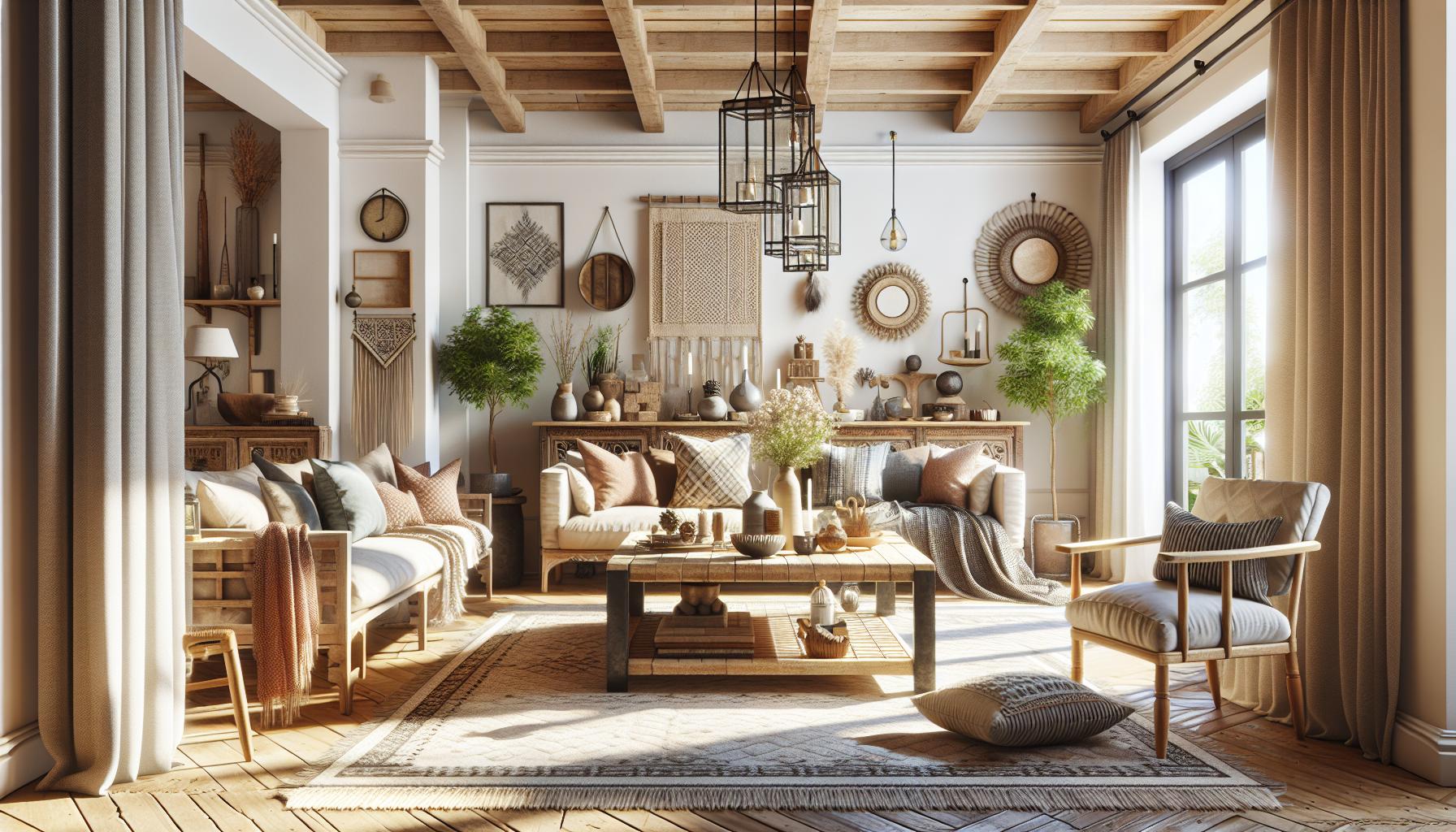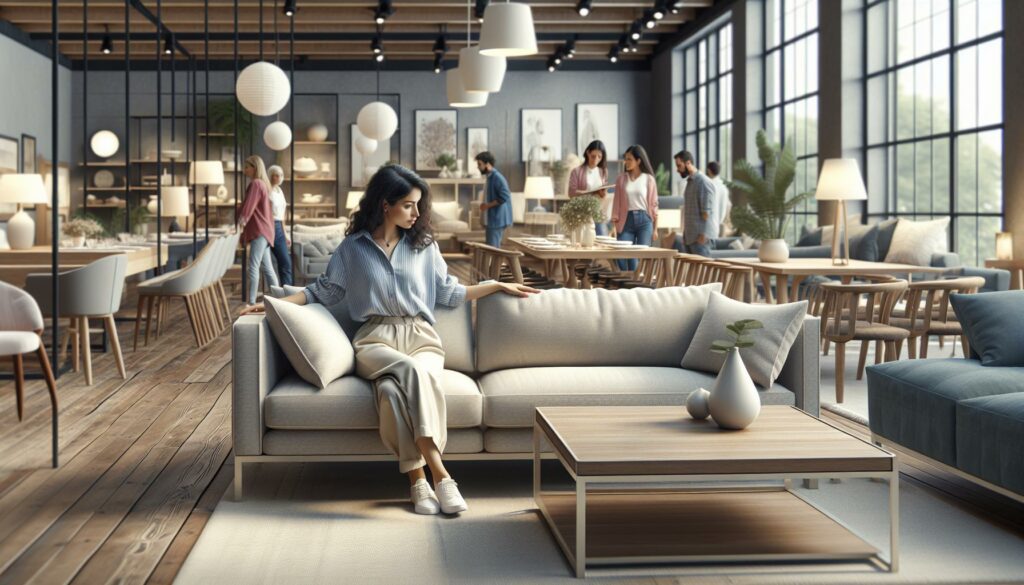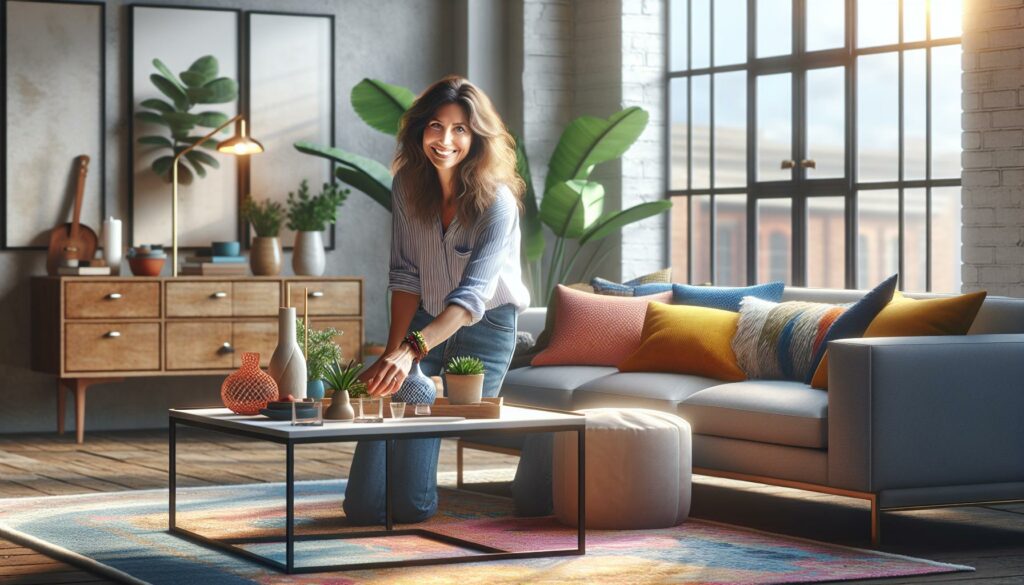Magnolia Home furniture has made quite a splash in the world of home decor, captivating fans with its charming designs and cozy aesthetics. As a devoted follower of the brand, I’ve noticed some significant changes lately that have left many of us wondering what’s going on. From shifting product availability to evolving design trends, it seems like Magnolia Home is navigating a new chapter.
In this article, I’ll explore the recent developments on what happened to Magnolia Home furniture and what they mean for fans and customers alike. Whether you’re a long-time admirer or just curious about the brand’s journey, let’s dive into the story behind the changes and what they signify for the future of Magnolia Home.
Key Takeaways
- Unique Design Style: Magnolia Home furniture merges farmhouse charm with modern aesthetics, appealing to a wide range of customers seeking inviting, cozy décor.
- Growth and Popularity: Founded by Joanna Gaines and boosted by the success of “Fixer Upper,” Magnolia Home rapidly established a loyal customer base since its launch in 2015.
- Adaptation to Challenges: Supply chain disruptions and shifting consumer preferences necessitated strategic changes in product offerings, allowing Magnolia Home to remain relevant.
- Customer Feedback Impact: The brand values customer insights, leading to continual updates and expansions in product lines to meet evolving market demands.
- Market Strategies: Magnolia Home is focusing on enhancing e-commerce experiences and engaging social media presence to address customer concerns and boost visibility.
- Future Prospects: With a commitment to quality, innovative design, and potential market expansions, Magnolia Home Furniture is poised for continued growth in the home décor industry.
What Happened to Magnolia Home Furniture
Magnolia Home Furniture features a distinct style that combines farmhouse charm with modern design elements. Founded by Joanna Gaines, the brand gained popularity through its association with the hit TV show Fixer Upper, showcasing unique pieces that resonate with fans of cozy, inviting aesthetics. The collection includes a variety of products such as furniture, home décor, and textiles, carefully crafted to create warm and welcoming spaces.
Product offerings embrace versatility, catering to diverse tastes while maintaining consistency in quality. Inputs from customers provide valuable insights that influence design choices, allowing Magnolia Home to adapt and grow. Recent changes in inventory reflect a strategic focus on meeting evolving market demands.
Despite potential challenges such as supply chain disruptions, what happened to Magnolia Home Furniture continues to cultivate a loyal customer base. Engaging social media presence and collaborations with influencers amplify brand visibility, ensuring ongoing interest in its offerings. As design trends shift, Magnolia Home remains committed to delivering timeless pieces that merge tradition with contemporary flair.
Key Events Leading to Changes

Magnolia Home furniture has undergone significant shifts due to various pivotal events. These changes stem from the brand’s initial launch, its surge in popularity, and the challenges encountered along the way.
Initial Launch and Popularity
I recall the brand’s debut in 2015, which coincided with the success of the TV show Fixer Upper. Joanna Gaines captured hearts with her unique design vision, blending charming farmhouse elements with modern aesthetics. Magnolia Home quickly gained traction, offering furniture, decor, and textiles that resonated with consumers. By 2017, sales soared, and the brand established a loyal customer base, driven by Joanna’s authentic connection with fans and the ability to create inviting living spaces. The collaborations with well-known retailers further amplified visibility and availability, making Magnolia Home a staple in home design.
Challenges Faced
I noticed that as demand grew, Magnolia Home encountered several challenges. Supply chain disruptions posed significant hurdles, particularly during the COVID-19 pandemic, affecting production timelines and product availability. In addition, increased competition from other home decor brands required Magnolia Home to innovate continually. Consumer preferences also shifted, motivating the brand to adapt its design offerings to remain relevant. Engaging with feedback from customers, the brand adjusted its strategies while maintaining its core aesthetic. These challenges forced Magnolia Home to rethink its approach, leading to the current evolution of its product lines.
Current Status of Magnolia Home

Magnolia Home continues to evolve while remaining a beloved brand in the home furnishings sector. Recent developments reflect its commitment to quality and authenticity.
Company Ownership and Management
Joanna Gaines co-founded Magnolia Home with her husband Chip Gaines, and they remain at the helm of the brand. The company operates under the Magnolia umbrella, which includes various ventures such as Magnolia Market and Magnolia Bakery. This integrated approach maintains a unified vision and direction, allowing the brand to expand its reach and influence in the home decor market. The management team actively engages with consumers, ensuring that product offerings align with customer preferences and current design trends.
Recent Product Offerings
Magnolia Home has recently expanded its product lines, introducing new collections that combine aesthetic charm with functionality. The latest furniture offerings include sofas, dining tables, and accent chairs, showcasing a blend of classic and contemporary designs. The brand also highlights seasonal collections, featuring textiles, rugs, and decorative accessories that enhance overall decor themes. In response to customer feedback, Magnolia Home implements design iterations that align with evolving market demands, ensuring that the collection remains fresh and appealing.
Customer Reactions and Reviews

Many customers have shared their thoughts on Magnolia Home furniture, highlighting various experiences. Feedback ranges from praise for design aesthetics to criticism regarding product availability.
Positive Feedback
Customers consistently praise Magnolia Home for its distinctive style and quality craftsmanship. Many appreciate the cozy aesthetics that Joanna Gaines popularized, noting how the furniture enhances their living spaces. Positive reviews often mention:
- Design Variety: Buyers admire the diverse product range, including sofas, dining tables, and accent chairs that fit various home styles.
- Durability: Customers frequently highlight the longevity of the furniture, promoting its ability to withstand everyday use.
- Customer Service: Numerous reviews commend the responsive customer service team, which addresses inquiries related to orders and product care.
These elements contribute to an overall favorable perception of Magnolia Home.
Negative Feedback
While many enjoy Magnolia Home products, some customers express concerns and criticisms. Reviews encompassing negative feedback often include:
- Product Availability: Customers note issues around stock levels, mentioning certain items frequently sell out or take longer to restock.
- Price Point: Some customers feel the prices are high compared to similar offerings in the market, questioning the value relative to functionality.
- Shipping Delays: Feedback regarding extended delivery times has surfaced, particularly during peak shopping seasons, affecting overall satisfaction.
These points indicate areas where Magnolia Home can improve to enhance the customer experience.
Future Prospects for Magnolia Home Furniture
Magnolia Home Furniture is positioned for growth as it navigates the evolving home décor landscape. Anticipated collaborations with designers and influencers could enhance the brand’s visibility and relevance. Integrating customer feedback into design iterations ensures that product offerings resonate with current tastes. Expansion into new markets might open additional revenue streams, reaching a broader audience.
Product diversification remains a focus. I notice the emphasis on functional pieces alongside aesthetic appeal, appealing to consumers seeking both style and practicality. Upcoming seasonal collections continue to enhance the dynamic range of products while meeting seasonal trends and themes. This strategy not only fosters customer loyalty but also attracts new consumers looking for fresh home décor options.
Sustained investment in online and offline experiences is crucial. Enhancements in e-commerce platforms might streamline the purchasing process, addressing consumer concerns regarding product availability and shipping times. A strategic social media presence will maintain engagement and showcase the latest trends and offerings, reinforcing brand identity.
Magnolia Home Furniture’s future appears promising. Its commitment to quality, customer engagement, and adaptability in design positions the brand well amid challenges and competition.
Magnolia Home
What happened to Magnolia Home Furniture stands at an exciting crossroads. With its rich history rooted in Joanna Gaines’ vision and the success of Fixer Upper, the brand has shown remarkable resilience in the face of challenges. I’m particularly impressed by how it’s embraced customer feedback to keep its offerings fresh and relevant.
As Magnolia Home continues to innovate and expand its product lines, I believe it’ll maintain its cherished position in the home décor market. The commitment to quality and an authentic aesthetic will surely resonate with both loyal fans and new customers. I’m eager to see how the brand evolves while staying true to its roots, creating spaces that feel warm and inviting.



